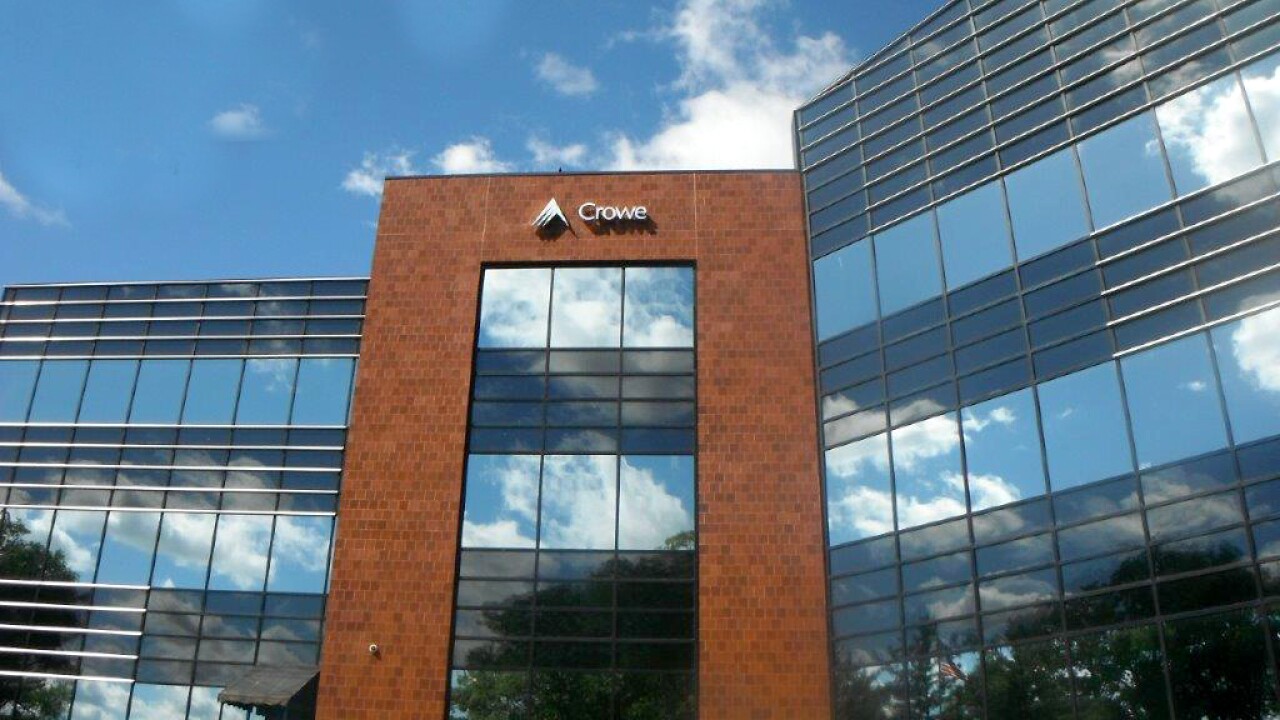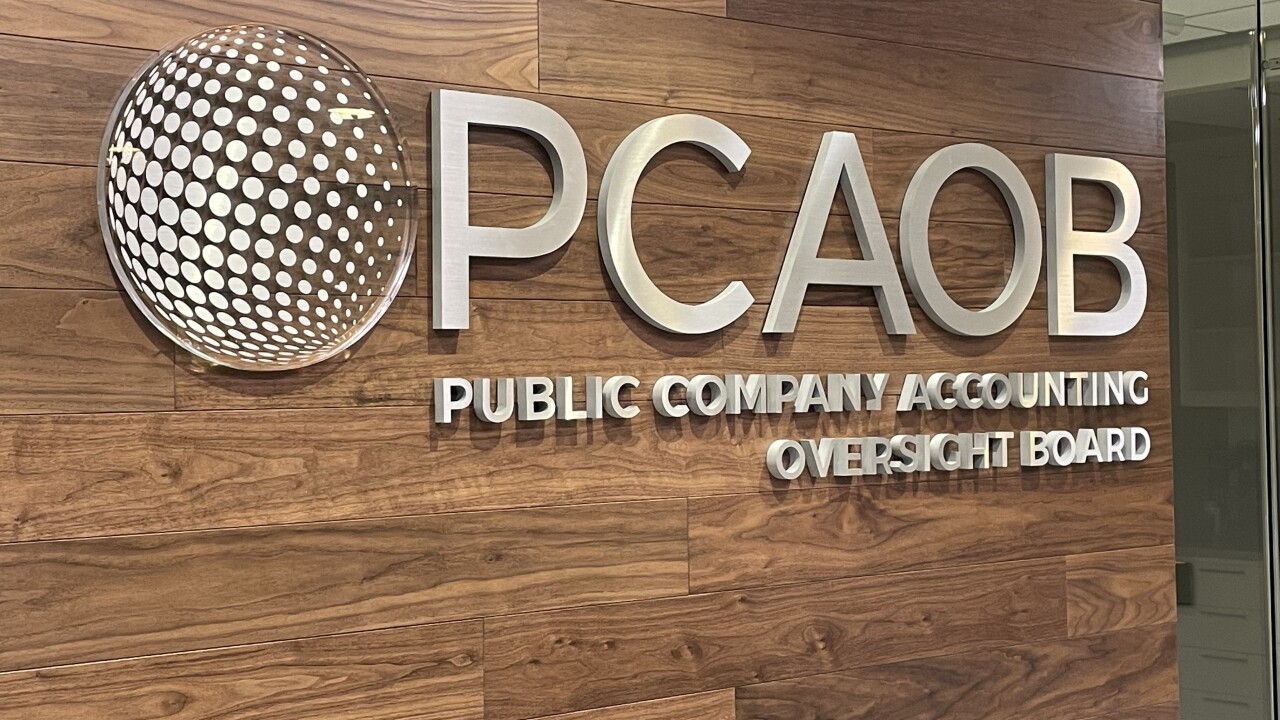QuickBooks alternatives and cloud-based accounting were the main themes of Doug Sleeter’s opening keynote address at his group’s annual conference, as he stressed how the profession is clearly moving in new directions and accountants need to think about changing how they work.
Sleeter spoke to an estimated audience of over 700 at the 2011 Accounting Solutions Conference in Las Vegas.
“We found that most attendees have come here not just to learn about QuickBooks,” said Sleeter. “There are paradigm shifts all over the accounting technology world. The future is here, and it’s all about zero data entry and about how you work. A big feature of this conference is about turning the corner. Just providing tax returns and financials is not enough. We are here to help guide clients and use the numbers to help them make better decisions.”
Sleeter had attendees complete a survey upon registration and found that over 40 percent of them are attending for the first time.
Sleeter discussed the maturing of cloud accounting technology. He pointed to QuickBooks Online, along with Intacct, Xero, NetSuite, Bill.com, and SmartVault, among others.
He noted that cost and security issues still linger, but adoption of cloud or SaaS offerings was more a matter of “when” rather than “if.”
“Security is a big piece to never stop worrying about, but in this new model we will surround the data, and software that runs it will be higher [security] than what you have at your office,” said Sleeter. “What’s more, in this new world, you no longer have to say, ‘It’s not QuickBooks. I can’t deal with it.’ It is more expensive [to move to the cloud] for those that compare costs to what you’ve already spent on software and IT, but if you look out several years to your IT spend, this is a much less expensive way to go.”
In addition, Sleeter said accountants will ultimately need to move from client-centric, premise-based accounting systems to collaborative SaaS offerings; from paper financial statements to financial dashboards and portals in the cloud; from traveling to clients, to remote access; and from teaching software “tricks,” to designing, configuring and automating Web-based data work flows.
“In terms of SaaS adoption, we all know it’s real now, and we are at a real uptick in the adoption curve, so if you are not coming on board at least by this point in the market, your clients will view you as irrelevant or will question their relationship with you,” said Sleeter. “Ask yourselves, is it about serving your clients or leading them? What do you want to do?”





